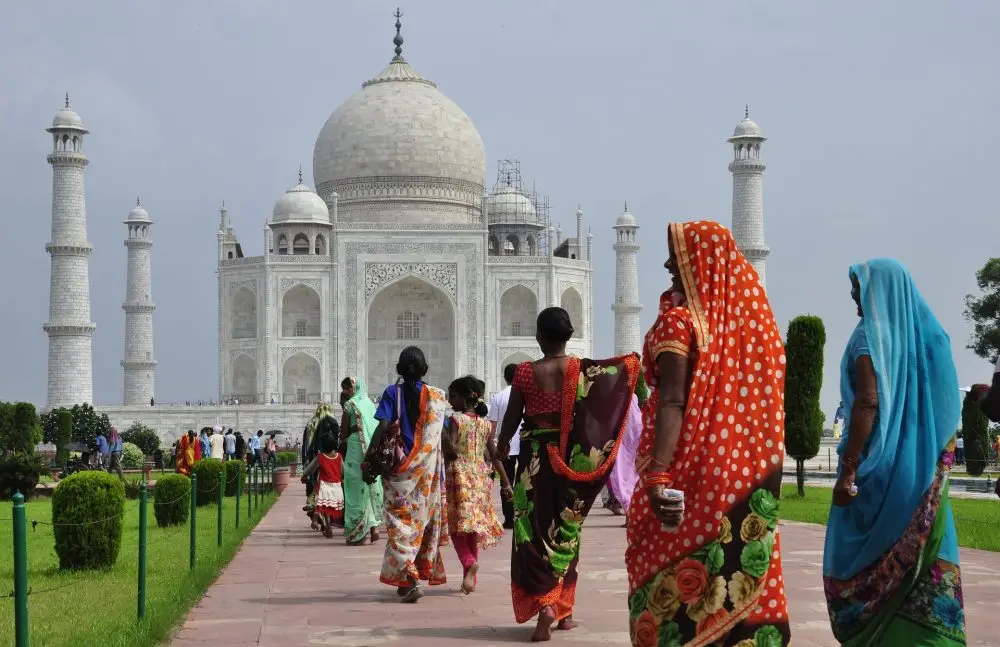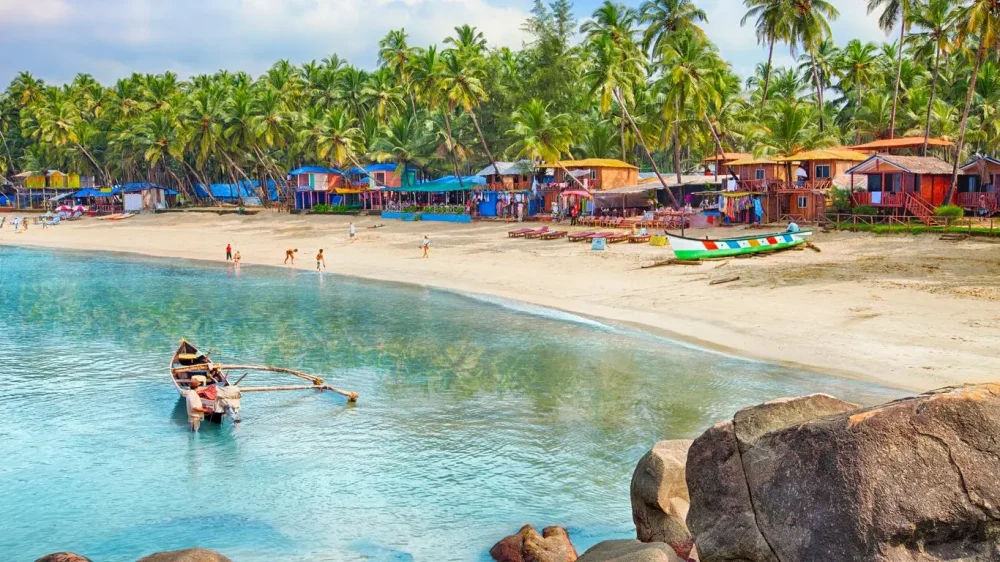Choosing a destination in one of the most popular states in India often starts with the question of where is better, in North or South Goa? And although both regions border the Arabian Sea and offer a rich beach holiday in Goa, the differences between them are noticeable in everything: from the pace of life to infrastructure, from the level of accommodation to the atmosphere. Understanding the nuances will help analyze the main characteristics of each direction.
Features of North Goa
The northern part of the state attracts with energy, rhythm, and constant movement. Here are concentrated the main tourist flows, clubs, bars, and night parties, making the region an ideal choice for those interested in an active holiday in Goa. The North offers affordable accommodation, a rich infrastructure, and democratic prices for food, transport, and entertainment.

Most beaches are crowded, especially in the areas of Calangute, Baga, and Anjuna. Young people often choose to travel to these places, wanting to get the most out of their holiday in Goa on a minimal budget. The streets are full of rental points where you can get a motorcycle, taxi, or scooter, and local cafes and restaurants offer dishes from all over the world.
Atmosphere of South Goa
The southern part is known for its more peaceful rhythm, clean beaches, and developed natural component. Those who seek solitude, quality hotels, the opportunity to relax in a hut by the shore, and dedicate days to yoga, Ayurveda, and tranquility choose this region. The question of “where is better to relax, in North or South Goa” is especially relevant for families with children, couples, and older people – for them, the south becomes a natural choice.
The beaches here are more spacious and free from aggressive trading. Palolem, Benaulim, Colva, and Agonda stand out in particular. The level of service in hotels is higher, as is the rental price. However, cleanliness, safety, quality of food, and service compensate for the investment. In the southern part, it is easy to find places for solitude, natural routes, and lesser-known attractions.
Where is better to relax, in North or South Goa: comparison of conditions
The decision on the direction often depends on personal expectations. Below are the main differences to consider when planning:
- the northern region offers more entertainment, dynamics, and tourist density;
- the south is more suitable for those seeking peace, nature, and quality beach relaxation;
- in the north, it is easier to find budget accommodation – guesthouses, huts, or economical hotels;
- the south has cleaner beaches and exquisite resorts;
- the northern part is popular among young people, the southern part – among those traveling with family or seeking tranquility.
Thus, the question of whether it is better to stay in North or South Goa comes down to priorities and travel style. In both cases, the state offers a wide choice, but the travel experiences will be fundamentally different.
Infrastructure and Transport
Moving between regions is done by taxi, rented motorcycle, or scooter. The roads allow you to quickly reach the desired beach or village. However, traffic density is higher in the northern part, which may be inconvenient for those not accustomed to Indian driving style.
In the southern part, transportation flows are less frequent, routes are calmer, but public transport is practically absent. This should be taken into account when choosing a place to stay and the level of mobility.
Prices and Accommodation
The question of cost in terms of “North or South Goa: where is better?” directly depends on the location and level of amenities. The North offers cheap guesthouses, huts, and budget hotels. The South – hotels with panoramic views, beachfront bungalows, and villas with private territory.
Accommodation costs in South Goa are higher, however, the level of service meets international standards. In the North, you can find affordable accommodation literally minutes from the sea, but with a simpler set of amenities.
Cuisine and Restaurants
Cafes, restaurants, and street food stalls in the north operate around the clock, offering a rich selection of dishes. The northern part is especially popular among those who appreciate a variety of flavors and a budget-friendly format. The southern region stands out for its more sophisticated approach to cuisine, the presence of Ayurvedic restaurants and cafes catering to travelers practicing a healthy lifestyle.
In both cases, the menu includes seafood dishes, national cuisines, as well as vegetarian options, which are popular among European guests.
Activities and Leisure
The North abounds with offerings for active leisure: surfing, paragliding, excursions, parties, clubs, yoga camps. Here are the largest dance floors, and the nightlife continues until dawn.
The South is oriented towards a peaceful pastime. During the day, you can engage in yoga, take Ayurveda courses, go on a sea trip, or explore nature. In the evening – dinner with a sea view, a walk along the shore, or a quiet evening in a cozy cafe. Considering the contrast, the question of whether it is better to relax in North or South Goa becomes a matter of personal values.
North or South Goa: Advantages of Each Direction
The choice depends not only on the budget but also on the travel goals. Below are the key advantages that distinguish each part:
- north – low prices, vibrant nightlife in Goa, a large number of entertainments, accommodation variety, active rhythm;
- south – clean beaches of India, relaxed atmosphere, safety, good infrastructure, fewer tourists.
Both parts offer a full range of services – from motorcycle rentals to international restaurants and beach services. However, the emotional experience will be diametrically opposite.

Conclusion
When deciding where it is better to relax, in North or South Goa, it is worth considering personal preferences, the composition of the group, and the purpose of the trip. One region offers rhythm, noise, and dynamics, the other – balance, tranquility, and contact with nature.
Regardless of the choice, a vacation in Goa guarantees a warm climate, bright colors, accessibility, and emotional renewal. Combining both styles within one trip can be an optimal solution – for those who want to compare not only the beaches of India but also experience both poles of the famous state.
 en
en  ar
ar  de
de  es
es  fr
fr  nl
nl  hi
hi  it
it  pt
pt  el
el 



